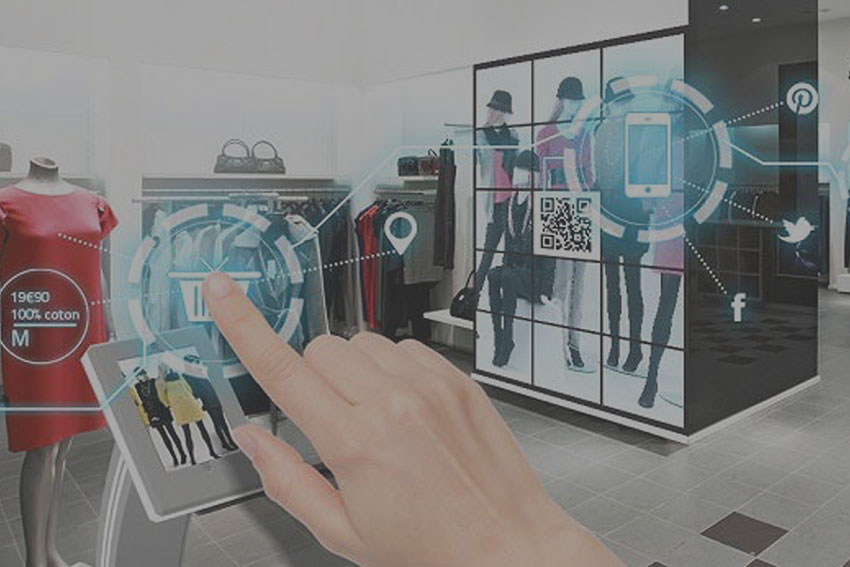 The impact of digital disruption can be seen everywhere in the fashion industry, right from production and supply chain to marketing and sales. Digital devices, platforms, and technologies such as smart phones, social media, advanced data analytics, artificial intelligence, and e-commerce are re-shuffling the dynamics of the fashion market.
The impact of digital disruption can be seen everywhere in the fashion industry, right from production and supply chain to marketing and sales. Digital devices, platforms, and technologies such as smart phones, social media, advanced data analytics, artificial intelligence, and e-commerce are re-shuffling the dynamics of the fashion market.
A platform for retailers to enhance shopping experience
The rise of online-only retailers provides a platform for selling fashion products, besides enhancing customer experience. Retailers use different means, such as social media, advanced data analytics tools, and artificial intelligence. These digital tools enable customers to react quickly to consumer insights and incorporate them into their decision-making process.
The trend of using digital tools and platforms to buy fashion products will continue to increase rapidly over coming years. To survive, traditional fashionplayers will have to integrate new technologies, invest in adopting innovative business models, and engage consumers through different digital channels to provide an excellent shopping experience online.
Artificial Intelligence to be more common
Many fashion retailers and brands are already using AI in their operations. This trend will increase in functions ranging from production to supply chain management to customer service. Fashion retailers can personalize their offerings using digital data and trend analysis tools. Since consumers interact with digital tools and platforms more, they also give away a lot more data about themselves. A clever use of this data can be made through advanced data and analytic tools.

Rise of smart fashion
Established brands are moving away from the traditional fashion calendar and imitating the “drop” approach commonly used by street wear labels to release smaller and more frequent collections that create rarity value and elevate anticipation. This has given rise to a broader range of holiday offerings as well as the introduction of micro-seasons.
From connected jackets to smart sports apparel, clothing is quickly becoming connected to the Internet of Things (IoT). Soon, clothing will incorporate devices like heart rate monitors.
Fashion companies are embracing wearable technology as a component of their products. One example is the “data dress,” which is a dress that is customized based on personal information gathered about the customer.
Challenges faced by retailers
As consumer demands keep changing retailers face several challenges such as:
Faltering brand loyalty: Consumers have numerous options to choose from, it is difficult for them to be loyal to a particular brand. In addition, consumers today can avail of a variety of brands easily.
Rise of multi-channel shopping: Most consumers still prefer to try their clothes before buying them. Hence, finding a garment that not only looks good but also fits well can be a time-consuming chore. When consumers know they can quickly jump online and order it right while they are standing in the store, however, they are more likely to frequent stores that offer this option.
Lack of Data Analyses: Online data gives retailers a competitive advantage over brick and mortar stores just don’t have. Smart tech is certainly moving the fashion world forward, but this may also cause some retailers to get left behind.
In future, technology will continue to blur the line between digital experiences and reality. 5G will finally be rolled out commercially, enabling technological advancements across the board. On-demand product customisation and 3D printing will lead a boom in personalised offers.












